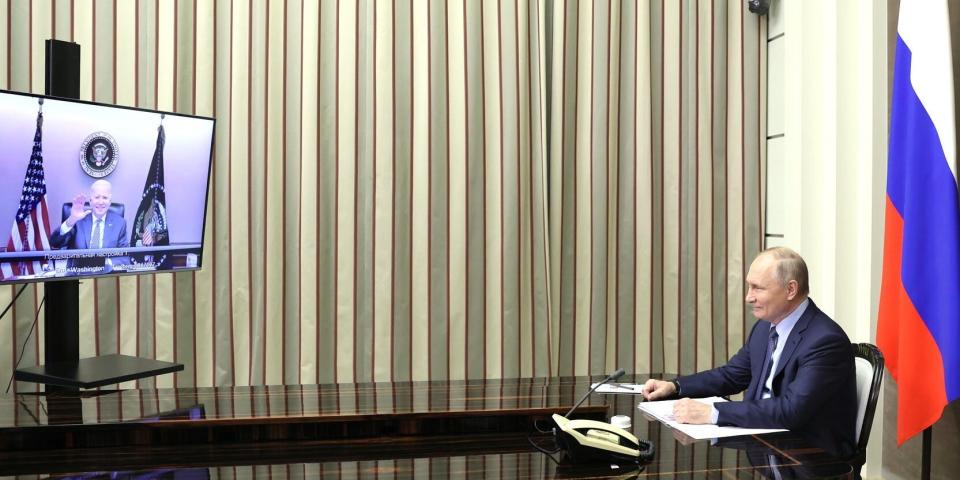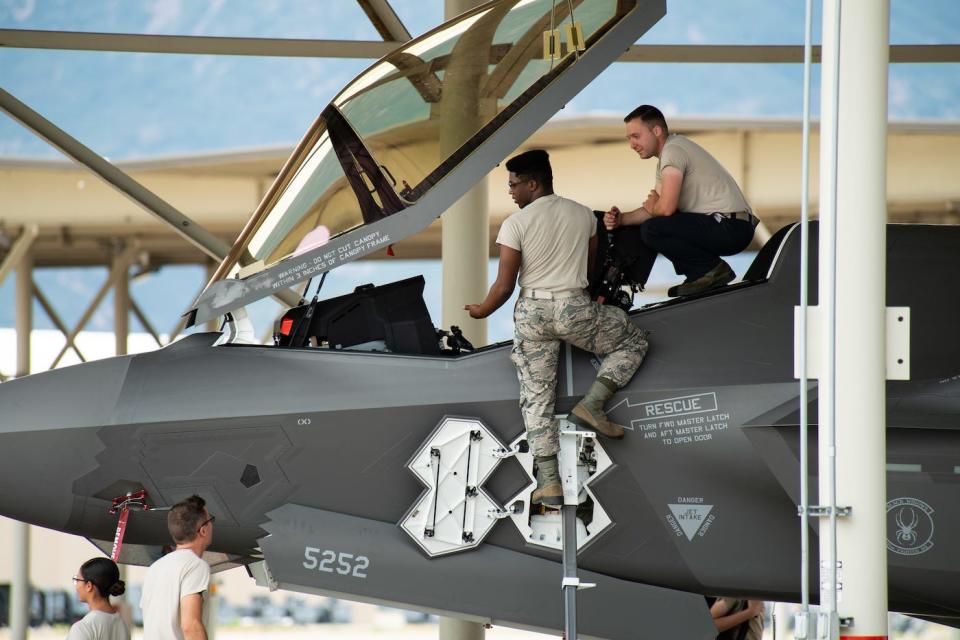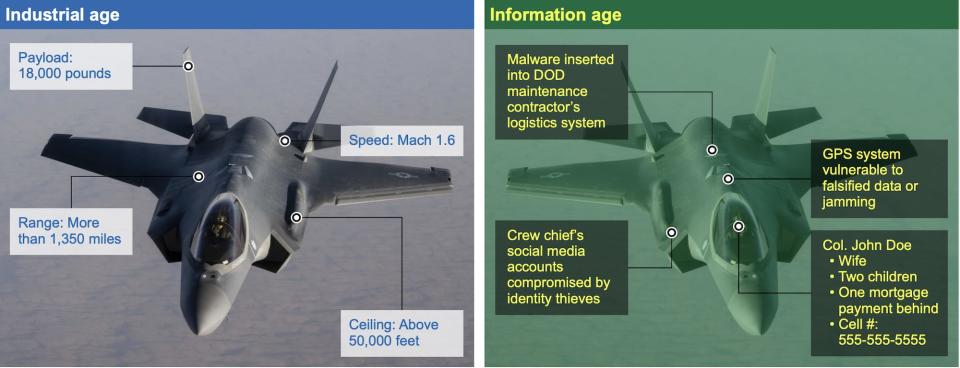Russia can't match the US military's hardware, but it has other ways to keep it from working properly

The war in Ukraine has vividly demonstrated the shortcomings of Russia's military.
The war has shown that Russia's armed forces likely aren't much of a match for the US military.
But Russian information operations could still affect US forces, a US government watchdog says.
The war in Ukraine has laid bare the shortcomings of the Russian military. Once perceived as a conventional near-peer threat, the Russian military now appears to be more of a paper tiger.
In more than a year of combat in Ukraine, Russia is estimated to have lost roughly 200,000 troops killed or wounded and thousands of heavy weapon systems, according to Western intelligence assessments.
After such heavy losses, Russia may not still pose a conventional challenge to the US military, but it still has unconventional tools it can bring to bear. While Russia can't match the US military's hardware, it has other ways to keep it from working.
Information warfare vs. F-35

Right now, the US military is the world's most technologically advanced force. Near-peer adversaries, such as China and Russia, know that and have sought ways to counter their more powerful adversary. The information domain offers them some interesting options to do that.
In September, the US Government Accountability Office published a report on the opportunities and threats the Department of Defense faces in the information domain.
As the world becomes more digitized, private information is becoming more accessible. Individuals, organizations, and countries now have the data and tools to target "the beliefs, emotions, and experiences" of people in order to shape the information environment to their advantage, according to the GAO report.
Through information warfare, US adversaries can "adversely affect military business functions and missions in ways that offset" the technological advantages that the US has developed through decades of innovation and investment, the report says.
The GAO report uses the F-35, a fifth-generation stealth fighter jet, to show how the information domain can affect military operations in a very tangible way.

Rather than having to focus on the technical and technological characteristics of the F-35, an adversary can now try to exploit the human infrastructure around the jet to undermine its effectiveness — for example, by seeking out vulnerabilities through a crew chief's Instagram account or the poor cybersecurity habits of a contractor who works on the F-35 program.

 Yahoo Autos
Yahoo Autos 